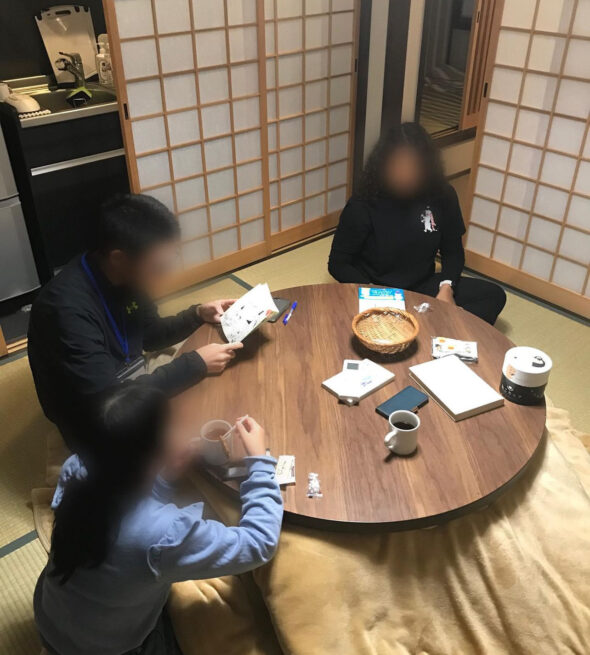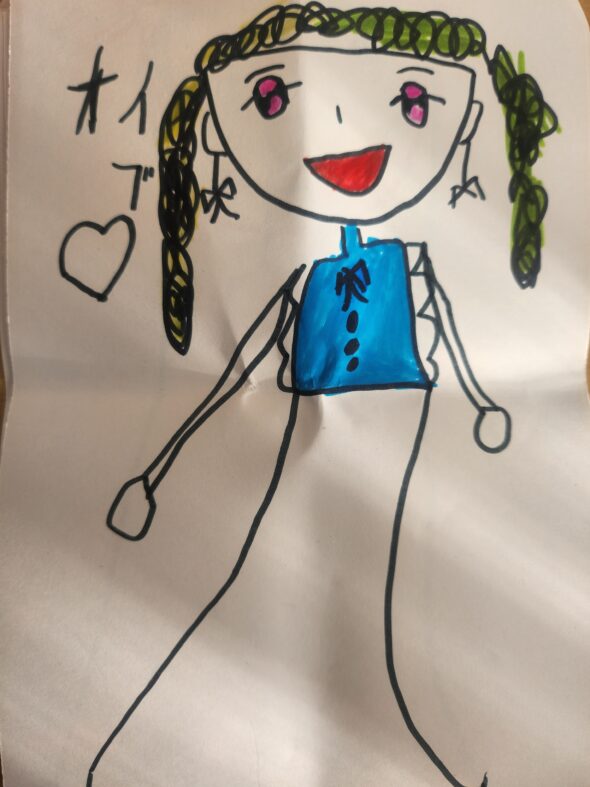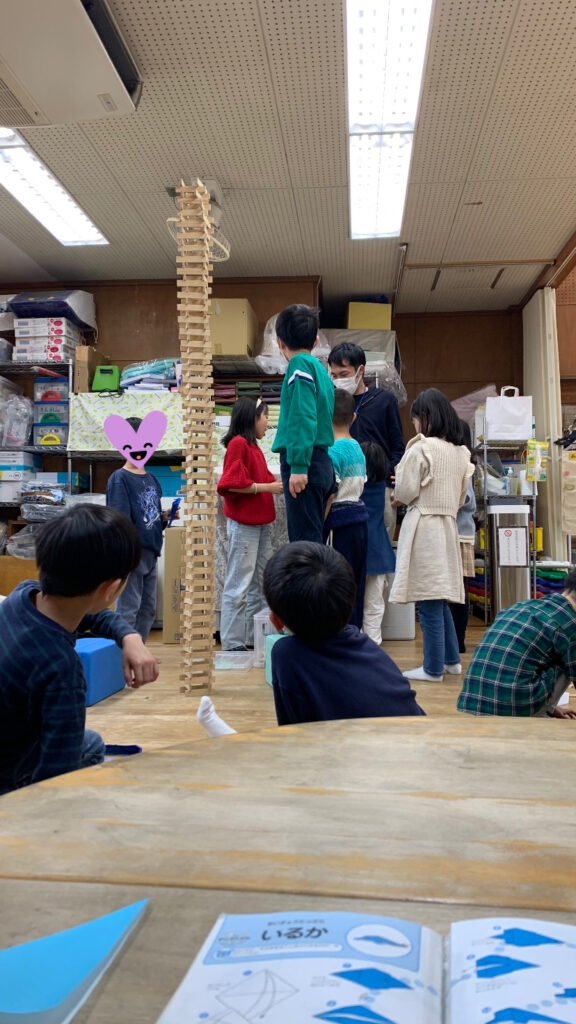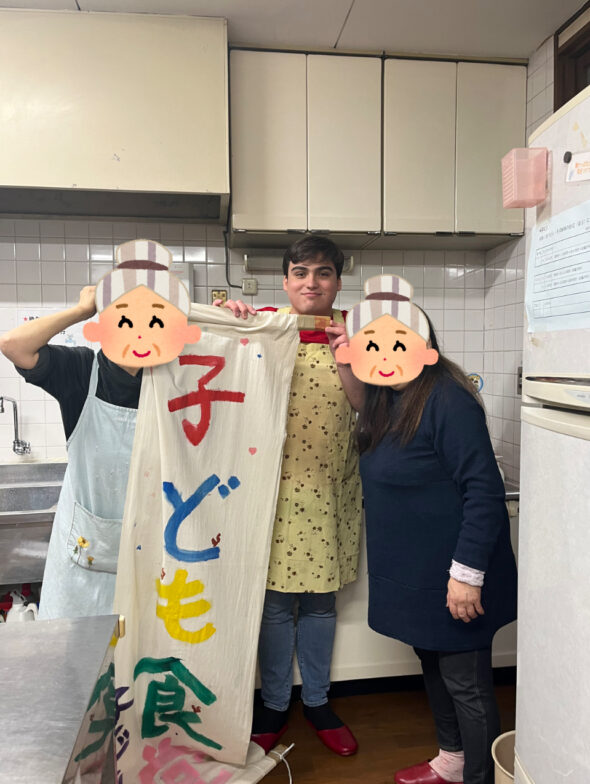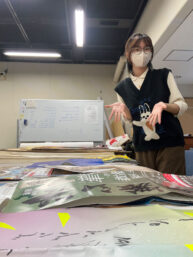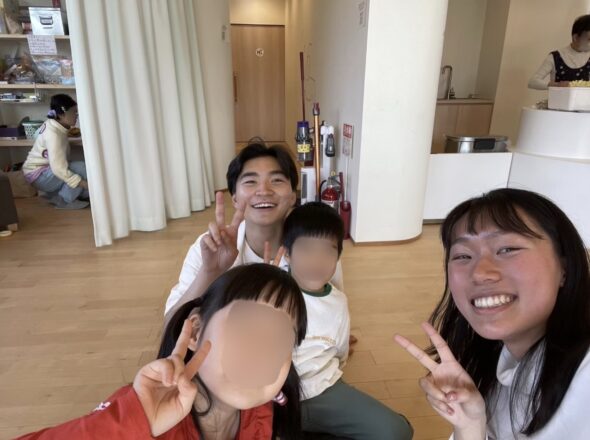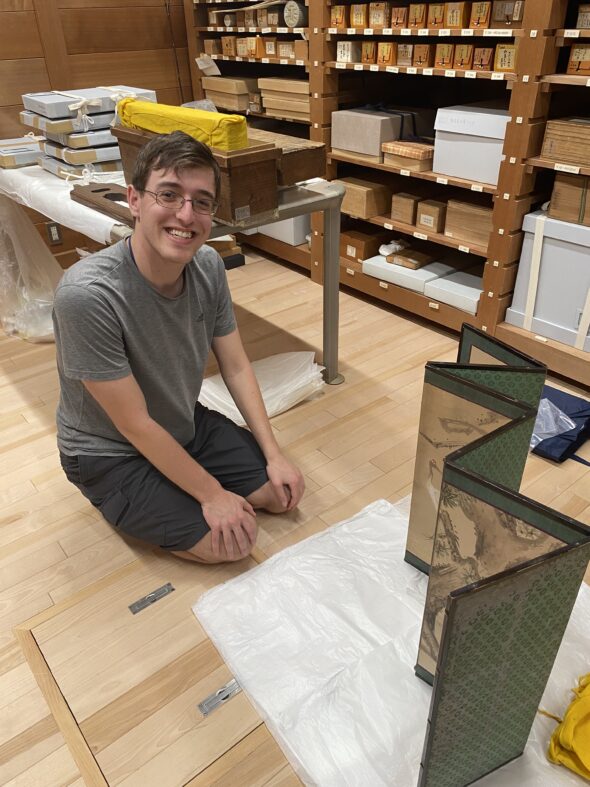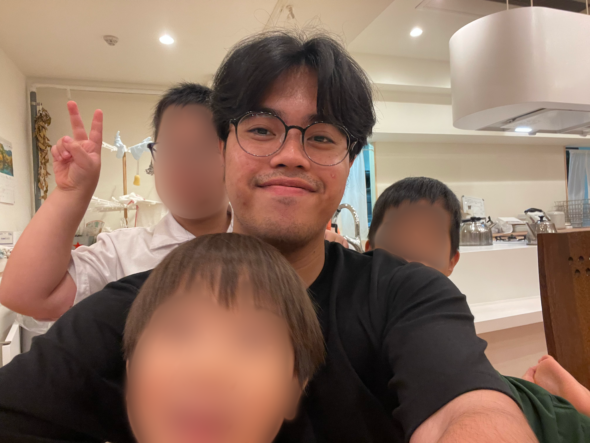
selfie with the kids at nalba
I decided to volunteer at nalba, a volunteer-run cafeteria that provides dinner for children and a safe space for them to do homework, relax, and play with others. They operate every Mon/Wed/Fri from 3.30pm to 8.00pm.
My main job at nalba was honestly just to have fun, play, and interact with the kids until dinner time. I also tried to help out with the dinner preparation once, so f you’re also interested in cooking, there’s also that aspect of nalba.
The kids were always so full of energy and constantly want to play games, run around, talk to you etc. so there’s never really a day where you don’t quite do anything at nalba. I absolutely loved talking to everyone there, from the kids, to the other volunteers, to the people in charge. They were all so kind and accommodating, so never feel scared to approach them if you have any questions regarding anything.
My advice to those interested, the kids are probably more shy/intimidated by you than you are of them, so when first starting out, you probably have to put more effort into trying to get them to play with you. They’re definitely always down to talk/interact/play, so don’t feel like you have to wait for them to come up to you.

